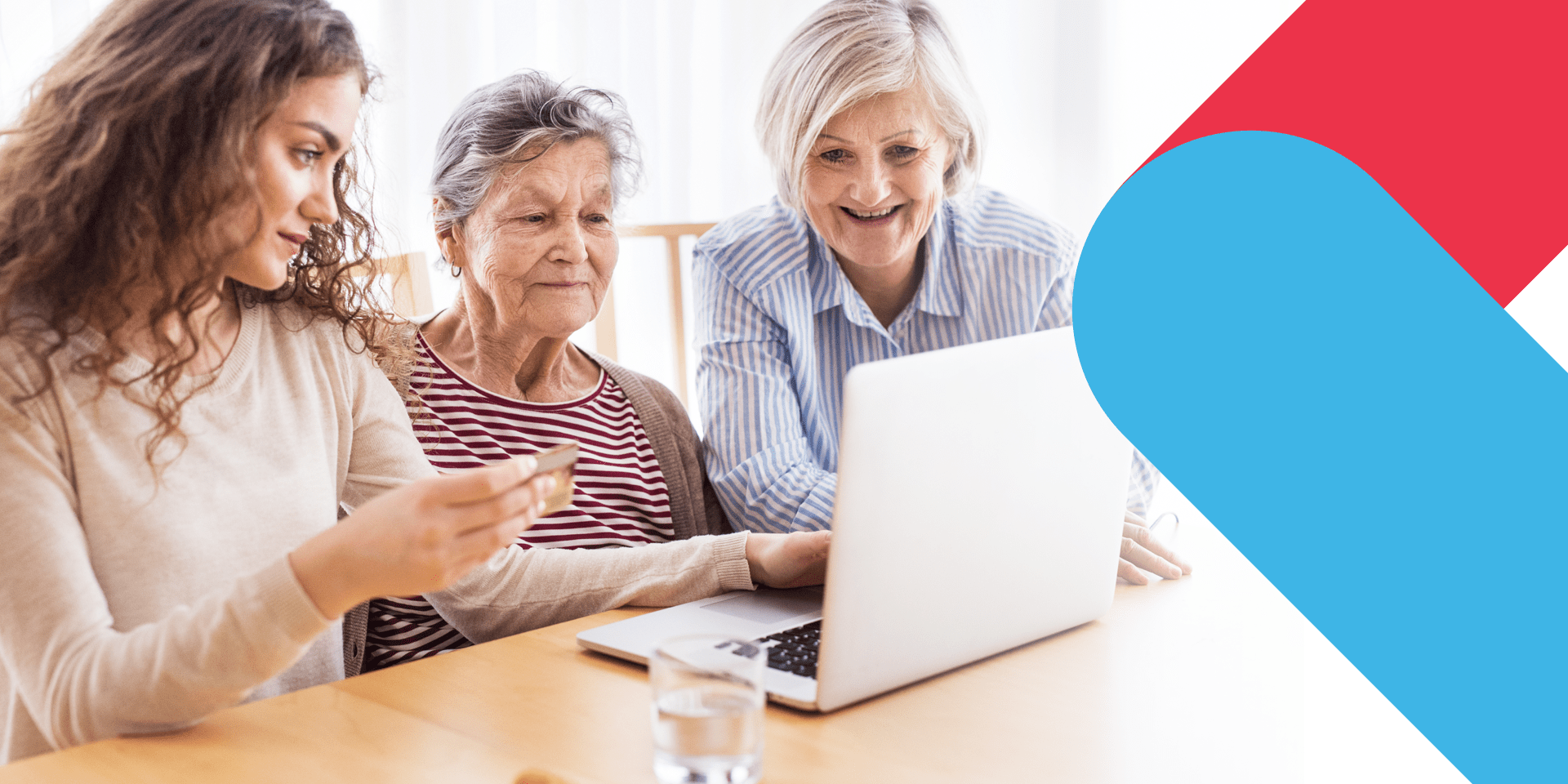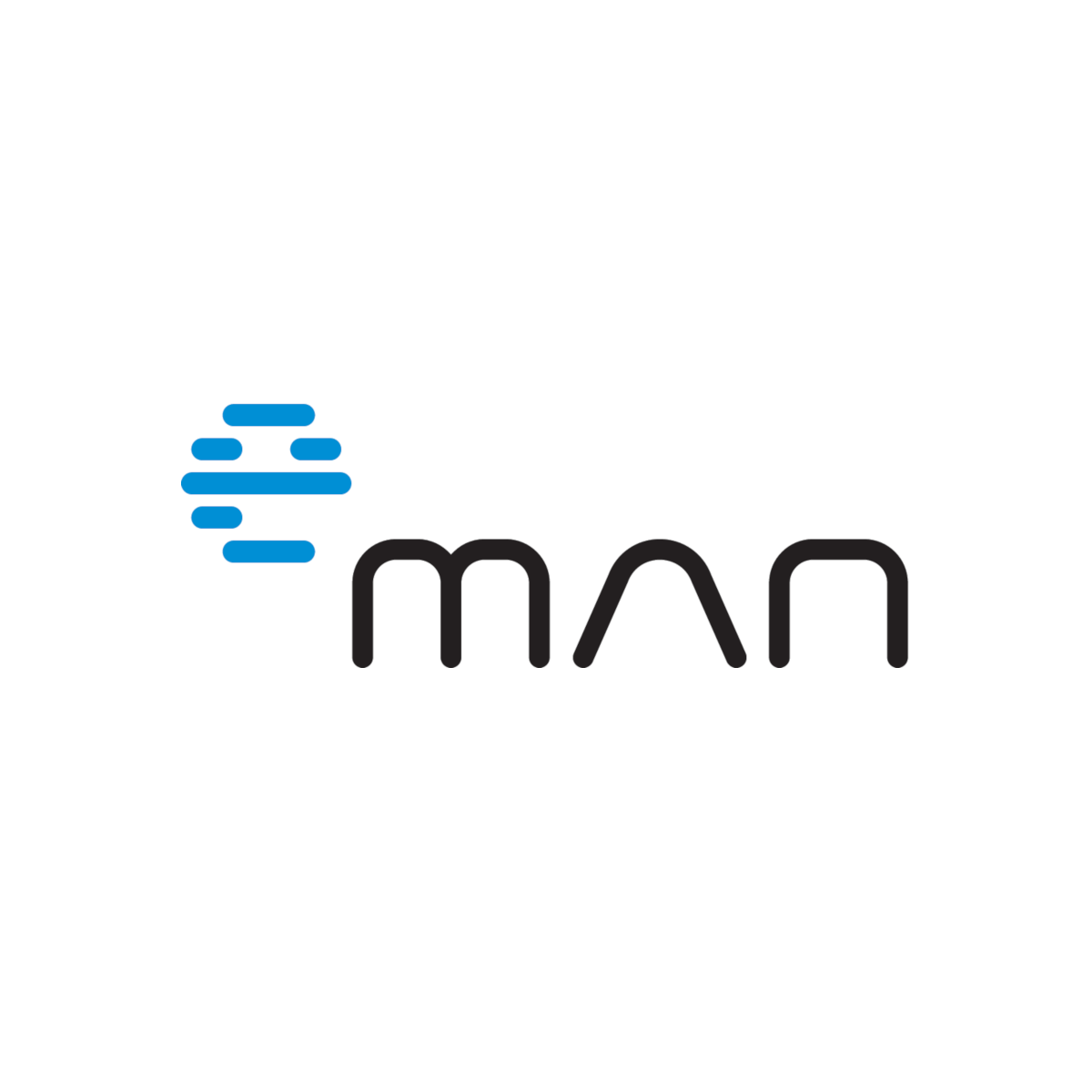“To repeat the selection, press star.” Automated voices and being on hold tend to irritate most of us. For quite a long time, self-service apps were considered a nice plus but nowadays they are becoming the foundation of outstanding customer care. Why is that and what can be done about it?
Self-service is the future of customer care

We all know the situation. As consumers, we occasionally need various services from service providers – to adjust our monthly total advance payment of utilities, get a better deal, or find a cheaper plan. To find this information, we usually need to carefully check the provider’s website or call customer support.
If you have been in a similar situation before, you know the issues that come with it:
- The required information is usually very well hidden or just not present on the websites.
- When calling customer support, you usually need to get through several minutes of back and forth with a robot before you get connected to a real person and sometimes even that isn’t enough.
Many clients don’t like this model and as a result, more and more companies that deal with B2C activities are starting to use tools designed for this purpose.
Customer self-care and self-service applications
Which are also known as customer portals or customer self-services. Today, these are usually mobile apps or web portals aimed, on one end, at helping the client and, on the other, at reducing the costs and increasing marketing support of the provider.
A trend of clients preferring self-service solutions over human interaction has become more and more popular over the last five years. On the other hand, most clients don’t settle for anything less than human interaction and encountering a machine on the other end can get them really annoyed. That’s why self-service is gradually becoming the backbone for quality customer service.
The benefits of self-service applications
If the self-care application is designed and created properly, it offers its users an intuitive overview about a client’s main activities, top sales, and ongoing promotions right from the first launch. And its users can get to FAQs or solve basic problems easily and, most importantly, on their own.
They can make changes, take actions on offered deals or even contact customer support, should it be needed, on their own.
Among the benefits that this model offers to providers and other companies are:
- First and foremost, clients are happy to avoid communication with a robot or a human. They’re glad to solve the easy issues on their own.
- The workload of the customer care department of a company is substantially lowered and the department can focus on solving the more important issues and improve their response times.
- The number of employees necessary might be reduced, resulting in the possibility to cut costs for the company.
- And the app can be easily localized, thus eliminating the need to expand the customer service base with operators speaking a foreign language.
- Similar apps are a highly valuable communication tool for marketing departments as they allow marketing to approach the clients and inform them about ongoing promotions or loyalty discounts in a relevant manner.
- The sales department can better influence the current customer base due to easier upselling, cross-selling and even the clients’ satisfaction while, at the same time, also improving the clients’ retention.
Examples of the self-care app’s usage
Let’s have a look at some examples! Imagine a client of a fictional company in the energy industry named XY, who doesn’t like the total amount of his monthly advance payments for gas and electricity.
Usually, he grabs a phone, calls XY customer support and on the second or third try (because he didn’t have his contract number ready, for example) manages to connect to an operator. If all goes well, the operator will be able to explain to the client the reasons the advance payment total is set at a certain number or adjust the total as needed. Alternatively, the operator can (if proper training was received) offer the client another payment option or an additional service.
In comparison, with a well-designed self-service app the whole example gets easier after the first login. For clients of the energy industry, the total amount of advance monthly payment is one of the most important topics, therefore it’ll be one of the first pieces of information they’ll see in the app. And they’ll be able to adjust the advance, for example if the company allows for calculating the total advance based on the expected and past-actual consumption of the utilities. At the same time, other monthly plans and promotional offers will be displayed. Clients can be notified about these as part of a given campaign or via notifications based on their location as well. And they can also pay the advances directly via the app, if a payment solution is implemented. The app also shows an overview of clients’ loyalty programs, volume discounts, a company’s activity on social media, and other marketing messages that would otherwise end up in the clients’ trash or spam folders.
Start using self-care apps today
Modern companies working with end-clients should not underestimate the benefits of self-service applications. The fact is that, on top of all the benefits the app offers, today’s clients simply expect to have the option to use a self-service app. They also expect a high standard of the app, resulting in the need for a specialized development with a focus on the app’s stability, speed, and maximum user comfort. It’s a trend that can’t be avoided.
What self-care apps has eMan developed so far? We develop and maintain a new version of a customer portal for small and large customers of MND corporation. An example of clients that we supply with self-care solutions is UNIQA and its myUniqa solution.
